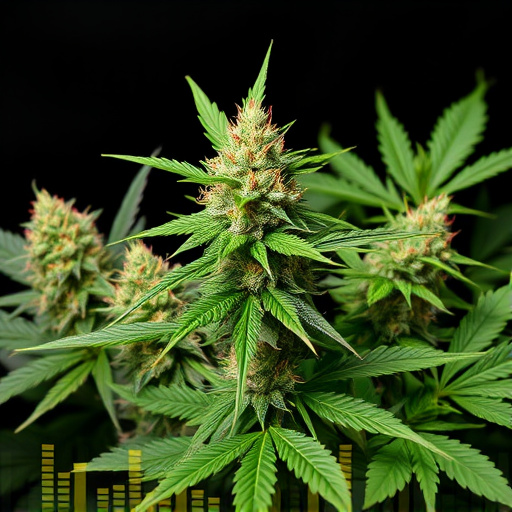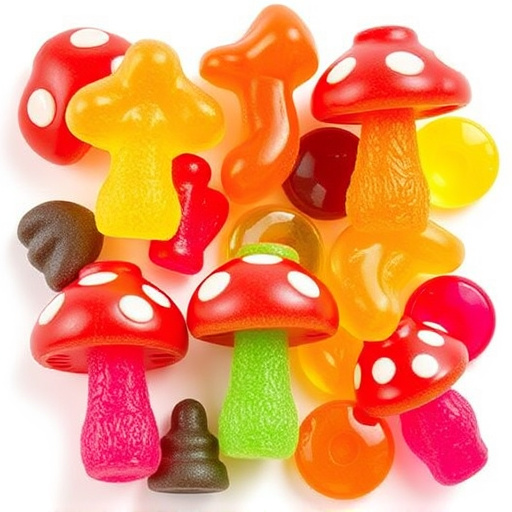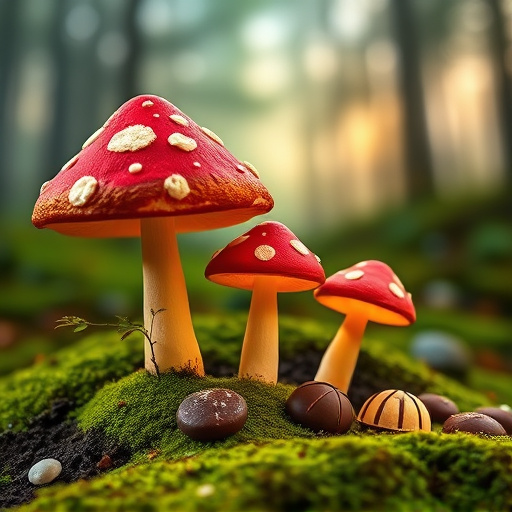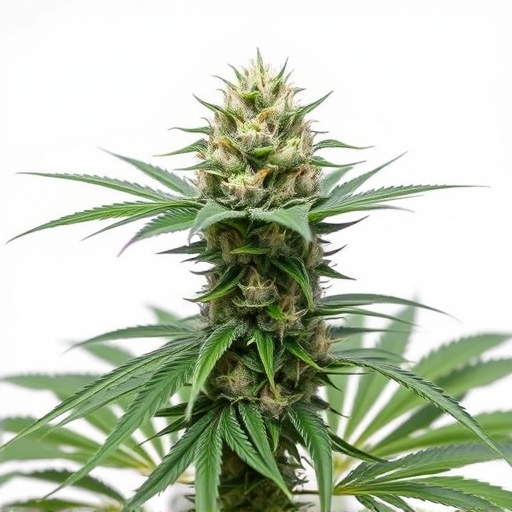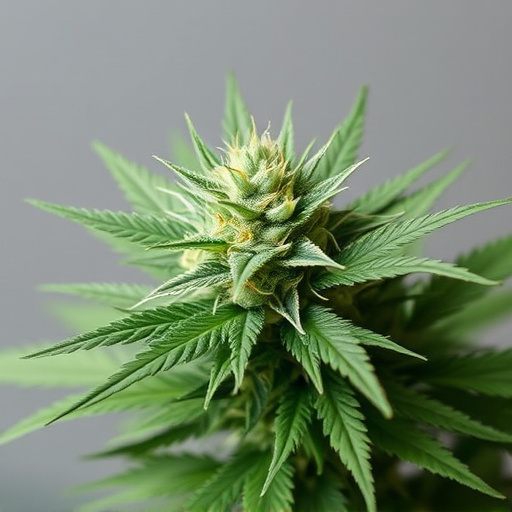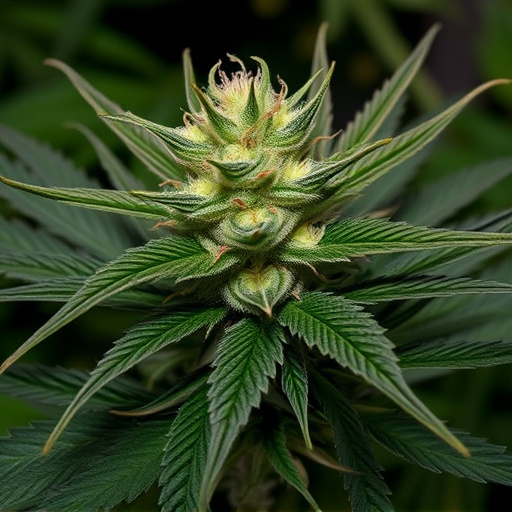The unique genetic makeup and cannabinoid profiles of cannabis plants greatly affect the experiences users have with different "best pot strains." Key compounds like THC, CBD, and terpenes contribute to each strain's distinct characteristics. While scientific understanding is still evolving, specific cannabinoid ratios can evoke a range of effects from relaxation to energy boosts. Individual responses vary due to genetic factors and metabolism, influencing preferences for certain "best pot strains." Environmental settings and consumption methods also significantly impact the cannabis experience, with peaceful environments enhancing relaxation and different techniques offering rapid or gradual effects.
“Unraveling the complex interplay between cannabis and its users is a journey into an ever-evolving realm. This article delves into the multifaceted factors that dictate the effects of this controversial plant, from genetic composition and cannabinoid profiles, which give rise to the renowned ‘best pot strains’, to individual biology and consumption methods.
We explore how personal metabolism interacts with environmental settings and administration techniques, shedding light on why cannabis experiences vary so vastly among users.”
- Genetic Composition and Cannabinoid Profile: Understanding the 'Best Pot Strains'
- Individual Biology and Metabolism: How Personal Factors Impact Cannabis Effects
- Environmental and Consumption Methods: The Role of Setting and Administration Techniques
Genetic Composition and Cannabinoid Profile: Understanding the 'Best Pot Strains'
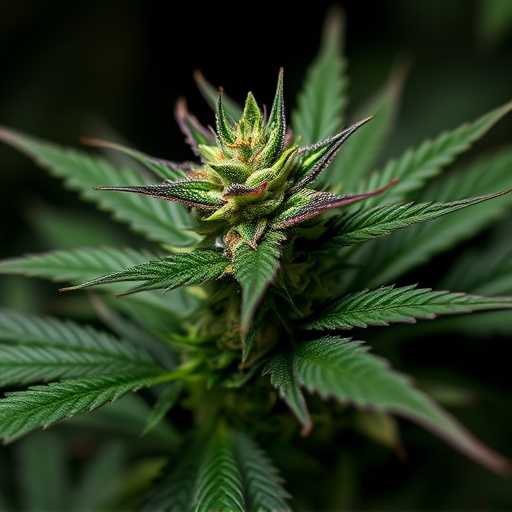
The genetic composition and cannabinoid profile of cannabis plants play a pivotal role in determining the effects users experience from different “best pot strains.” Each strain possesses unique combinations of cannabinoids, such as THC (tetrahydrocannabinol) and CBD (cannabidiol), along with various terpenes that contribute to its distinct aroma and flavor. Scientists are still unraveling how these chemical compounds interact with our bodies’ endocannabinoid system, but initial research suggests that specific cannabinoid ratios can influence effects ranging from relaxation and pain relief to energy boosts and creative inspiration.
Knowing the cannabinoid profile of a strain is crucial when seeking specific benefits. For instance, high THC levels are often associated with more intense psychological effects, while higher CBD concentrations can provide potential medical advantages without the same level of mental stimulation. As such, understanding the “best pot strains” involves recognizing which genetic variants and cannabinoid ratios cater to individual preferences and therapeutic needs.
Individual Biology and Metabolism: How Personal Factors Impact Cannabis Effects
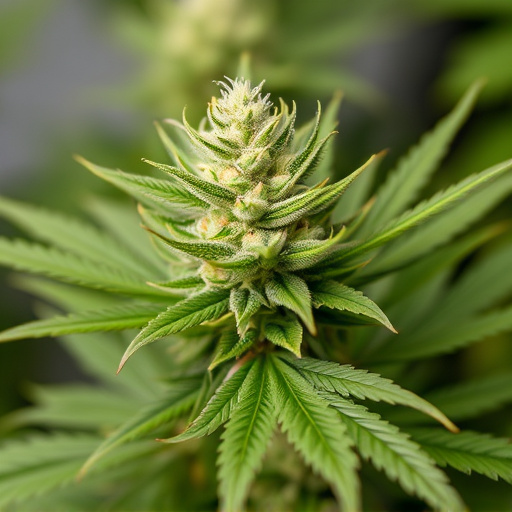
Cannabis effects can vary widely from person to person, and understanding individual biology and metabolism is crucial in this context. Personal factors like genetics play a significant role in how the body processes cannabis. Some people may have a higher or lower tolerance due to genetic predispositions, affecting the intensity and duration of the desired effects. For instance, those with certain variants in the CB1 receptor gene might experience more pronounced psychotic effects from cannabis consumption, while others might find it helpful for anxiety relief.
Metabolism also comes into play, as the way the body breaks down and absorbs cannabinoids can differ. Age, weight, sex, and overall health all contribute to an individual’s metabolic rate. Faster metabolizers may clear cannabis from their system more quickly, potentially leading to a shorter-lasting high, while slower metabolizers might experience effects for an extended period. This variation underscores why some people prefer specific best pot strains over others based on their unique biological makeup.
Environmental and Consumption Methods: The Role of Setting and Administration Techniques
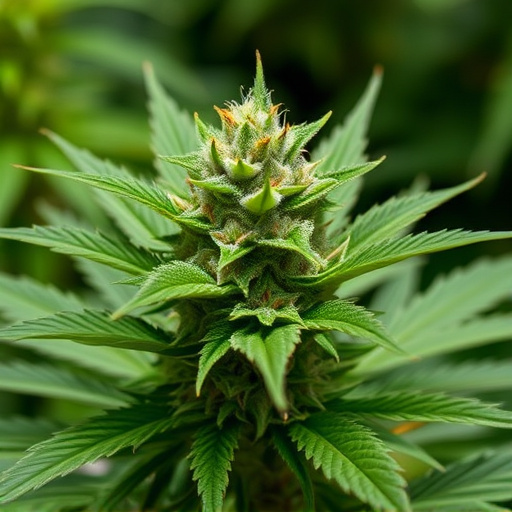
The environment in which cannabis is consumed plays a significant role in shaping its effects. A quiet, comfortable setting with low lighting and minimal distractions can enhance relaxation and enjoyment, making it easier to appreciate the nuances of different best pot strains. Conversely, an unpredictable or stressful environment may intensify anxiety or paranoia, especially in individuals sensitive to such factors.
Consumption methods also contribute to varying experiences. Smoking cannabis through devices like vapes or bongs allows for a rapid onset of effects due to direct inhalation. Edibles, on the other hand, offer a more gradual and prolonged high, as the active compounds are absorbed into the bloodstream through the digestive system. Understanding these environmental and administration techniques is crucial in maximizing the desired effects of various best pot strains.
Understanding the complex interplay between genetic composition, individual biology, and environmental factors is key to navigating the diverse effects of cannabis. By recognizing how these elements influence experiences with “best pot strains,” individuals can make more informed decisions to optimize their interactions with this multifaceted substance. Whether through strain selection, consumption methods, or personal health considerations, being aware of these factors empowers users to harness cannabis’s potential while mitigating any adverse effects.

